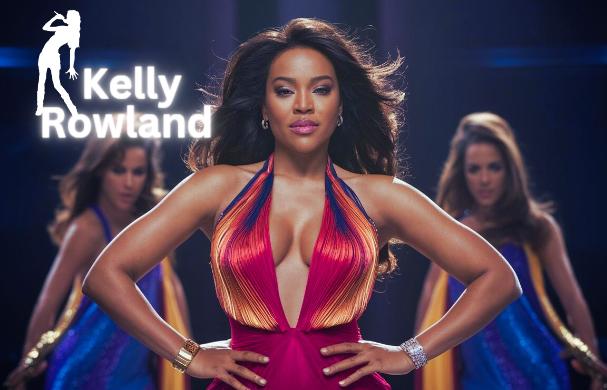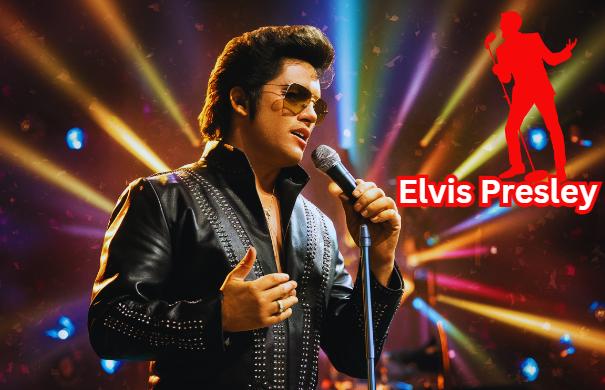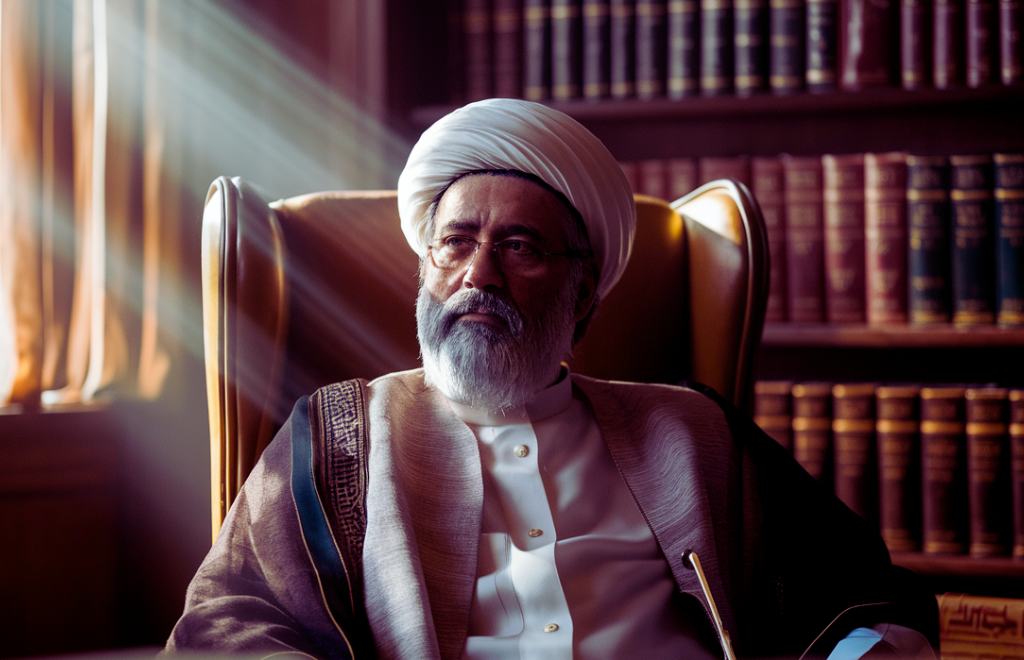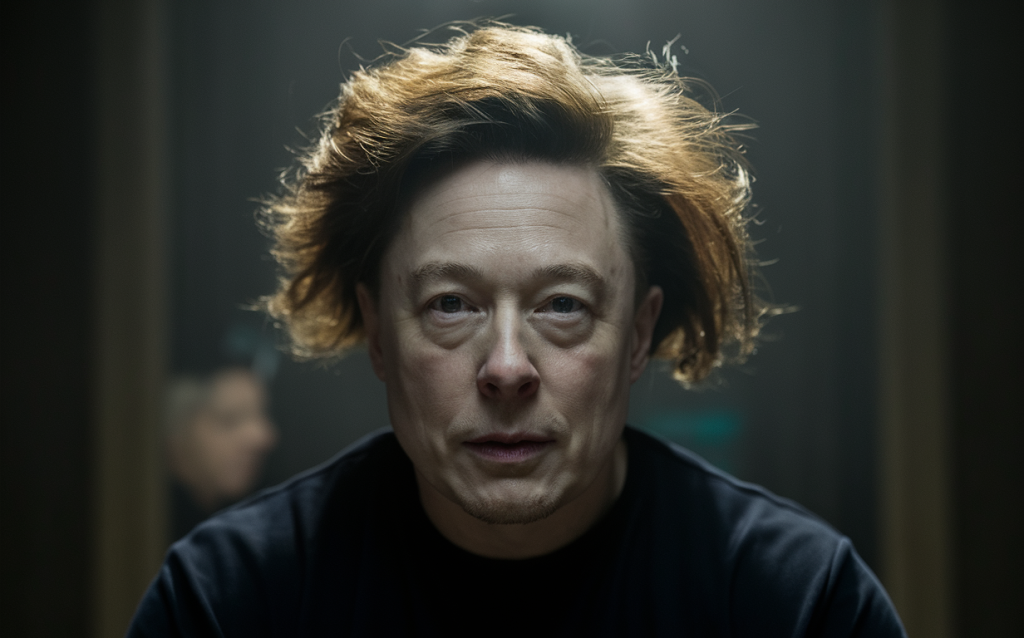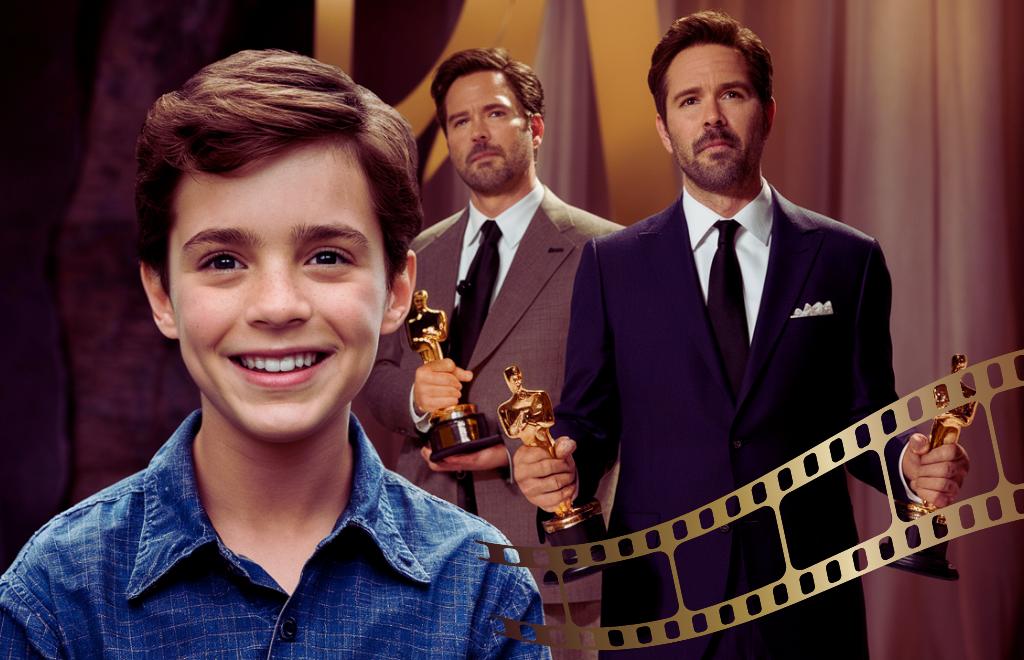Introduction
Kelly Rowland, the name itself evokes a powerful voice, infectious melodies, and an undeniable stage presence. But her journey to solo superstardom wasn’t a linear path. It was a story forged in the fires of girl group camaraderie, individual growth, and an unwavering determination to carve her own artistic niche.
This article delves into the captivating world of Kelly Rowland, exploring her rise with Destiny’s Child, the challenges and triumphs of her solo career, and the multifaceted artist she has become.
Early Life and Destiny’s Child
Born Kelendria Trene Rowland in 1981, Kelly’s musical spark ignited early. She honed her vocal talents in church choirs and local talent shows, eventually landing a spot in the girl group Girls Tyme alongside a young Beyoncé Knowles.
Though rebranded as Destiny’s Child a few years later, the group’s initial success was met with turmoil. Line-up changes and creative differences threatened to derail their dreams. However, Rowland’s unwavering spirit and undeniable talent shone through.
Their breakthrough arrived in 1997 with the anthem “No, No, No,” propelling them to international stardom.
Destiny’s Child: Reign and Hiatus
Destiny’s Child became a juggernaut, churning out chart-topping hits like “Say My Name,” “Independent Women,” and “Survivor.” Rowland’s powerful vocals and dynamic stage presence became integral to the group’s identity.
But amidst the accolades, whispers of favoritism towards Beyoncé began to surface. While undeniably talented, Rowland often felt overshadowed, a sentiment she bravely acknowledged years later.
A Blossoming Solo Career
Destiny’s Child’s hiatus in 2001 marked a turning point for Rowland. Stepping out of the group’s shadow, she embarked on her solo journey. Her debut album, “Simply Deep,” released in 2002, surprised critics and fans alike.
The album, spearheaded by the global smash hit “Dilemma” featuring Nelly, showcased Rowland’s versatility and emotional depth.
Solo Success and Evolution
Rowland’s subsequent albums, like “This Is Me” and “Here I Am,” further solidified her position as a solo force. Tracks like “Stole” and “When Love Takes Over” became international anthems, while collaborations with David Guetta and Wiz Khalifa broadened her artistic palette.
Throughout her career, Rowland has embraced artistic evolution, experimenting with genres like R&B, pop, dance, and even venturing into acting and coaching on reality shows.
Beyond the Music
Beyond her musical prowess, Rowland is a vocal advocate for female empowerment and social justice. She has used her platform to champion causes close to her heart, from racial equality to LGBTQ+ rights.
Her philanthropic endeavors include her own foundation, the “Styled by Kelly Rowland Youth Empowerment Center,” which provides mentorship and resources to underprivileged youth. She has captivated audiences with her acting prowess, starring in films like “The Seat Filler” (2004) and “Freddy vs. Jason” (2003).
Additionally, she has graced the television screen as a judge on shows like “The X Factor” and “The Voice Australia,” inspiring aspiring singers with her expertise and insightful critiques.
A Legacy of Empowerment and Inspiration
Kelly Rowland’s journey is an inspiration to aspiring artists and anyone chasing their dreams. From her early days in Girls Tyme to her reign as a solo superstar, she has consistently pushed boundaries and defied expectations.
Through her music, acting, and television appearances, Rowland continues to empower audiences and leave an indelible mark on the entertainment industry.
Conclusion
Kelly Rowland’s journey is a testament to resilience, talent, and unwavering self-belief. From the electrifying energy of Destiny’s Child to the captivating vulnerability of her solo work, she has consistently pushed boundaries and redefined expectations. Kelly Rowland is not just a singer; she’s a force to be reckoned with, a role model, and a true artist who continues to inspire millions around the world.
FAQ
What was Kelly Rowland’s first solo single?
Her chart-dominating debut as a solo artist arrived in 2002 with the single “Dilemma” featuring Nelly. The song became a global phenomenon, topping the Billboard Hot 100 for weeks and solidifying Rowland’s position as a powerhouse vocalist in her own right.
How many albums has Kelly Rowland released?
As of 2024, Kelly Rowland boasts a flourishing solo discography with five studio albums under her belt. Each project showcases her artistic growth and willingness to experiment.
From the soulful introspection of “Simply Deep” to the dance-floor anthems of “Here I Am,” Rowland’s albums offer a multifaceted listening experience.
Was Kelly Rowland ever in a group before Destiny’s Child?
Yes, music fans might be surprised to learn that Rowland’s star power was evident even before Destiny’s Child. She honed her skills as part of a group called Girls Tyme alongside a young Beyoncé Knowles.
Though short-lived, Girls Tyme paved the way for the phenomenal success that would follow with Destiny’s Child.
What awards has Kelly Rowland won?
Kelly Rowland’s immense talent has been recognized by the industry’s most prestigious awards. Her trophy cabinet boasts five Grammy Awards, including one for the iconic “Dilemma” collaboration.
She’s also a recipient of a Billboard Music Award and two Soul Train Music Awards, solidifying her place among music royalty.
Is Kelly Rowland still making music?
Absolutely! Kelly Rowland is a creative force who refuses to be confined. She continues to write, record, and tour, captivating audiences with her ever-evolving sound.
Whether collaborating with A-list artists or crafting introspective ballads, Rowland remains a relevant and influential figure in the music industry.





